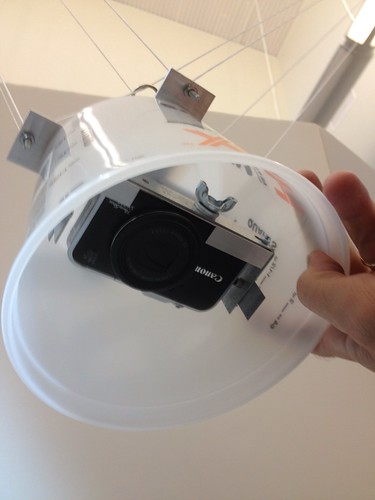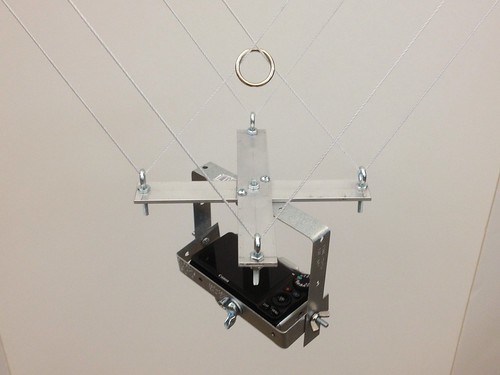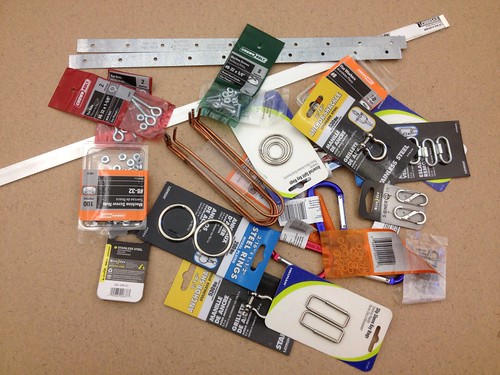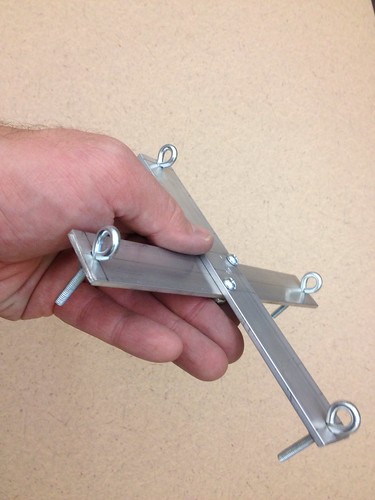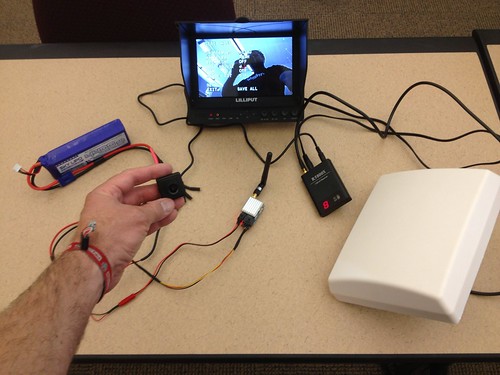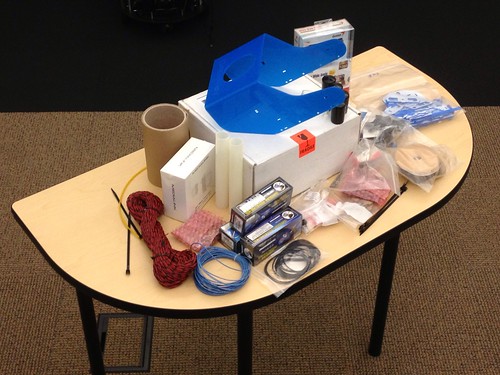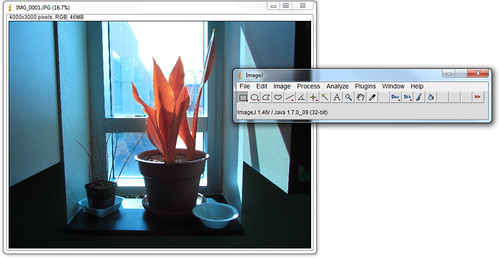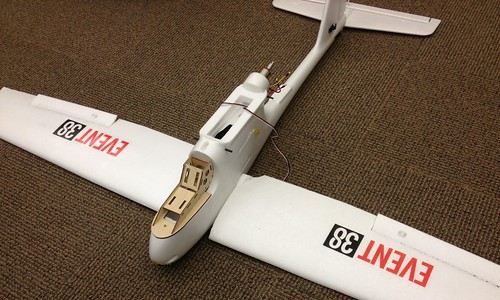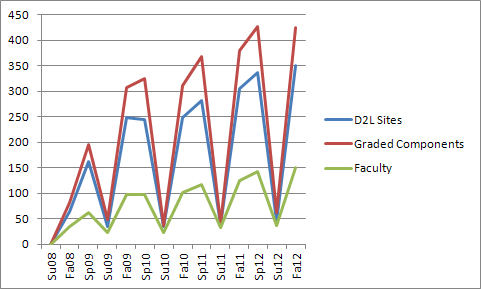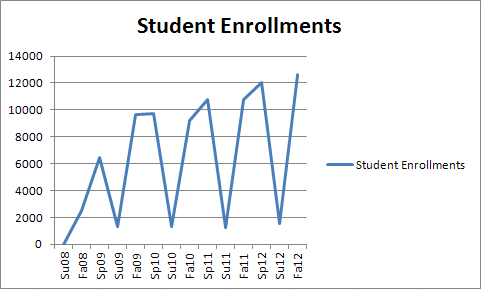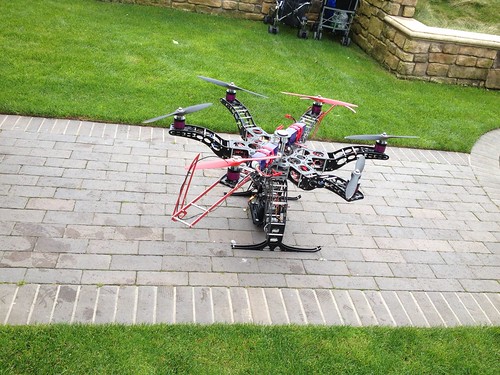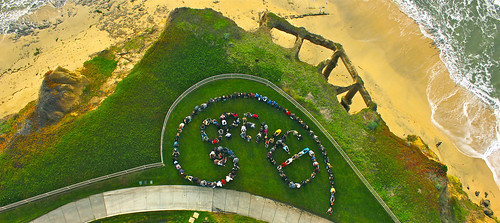Q: What’s different in D2L v10.1?
A: There are some nice interface changes – dropdown menus where there used to be lots of clicks, drag-and-drop in a lot of places – that will make managing things easier. The changes you’ll notice most are in Content, but if you’re used to D2L, it will only take you a little bit of time to get used to v10. In any case, most of the minor process changes happen when you’re creating content, so if you already have content that you want to copy into a new course from the prior semester, you won’t notice much at all. For additional details about the changes, check out this handy guide put together by Jory Hadsell at SCC: http://media.scc.losrios.edu/d2l/v10/index.html
Q: How much work will I have to do to get my D2L course sites looking the way I like them to look?
A: That depends. If you’ve done a bunch of custom homepage work, a fair amount. If you use the stock template, not much at all. Whenever there is a system update, you can expect some amount of work to get things in order. If you’re looking for the FLC News, Twitter or Contact widgets, they can be found in Edit Course -> Widgets – feel free to customize a homepage and add these.
Q: Why is the stock template so _____________ (plain, ordinary, boring, colorless, etc.)?
A: Clean, functional design wins over fancy any day of the week, especially in terms of accessibility and mobile devices. You can create a custom Homepage if you want to fancy things up via Edit Course -> Homepages. You can customize the Navbar and Theme as well via Edit Course. Simply make a copy of “FLC v10 Navbar” or “FLC v10 Theme,” make your changes, and make your new, perfected Navbar or Theme active. With enough tweaking, it’s possible to make a D2L course shell look like anything but a D2L course shell. Realize, however, that our students are often enrolled in multiple courses that use D2L, not only at FLC, but at our sister colleges as well. As such, they sort of expect things to be in more or less the same places.
Q: Why are there only two columns, with News on the left?
A: We’ve learned that this works best for screen readers like JAWS, a program that helps students with disabilities successfully interact with D2L. See above for details on changing the stock template if you’d prefer a different layout.
Q: I’m confused and I need help. What do I do?
A: You can check out various self-help materials (above) and here, or send Zack an email and he’ll help you out, though after this week, he will be out of the office until August. We’re working on a plan to have some peer support opportunities during FLEX, and there will be plenty of opportunities to get a handle on things early in the Fall 2013 semester. Stay tuned, smile, and breathe! 🙂

